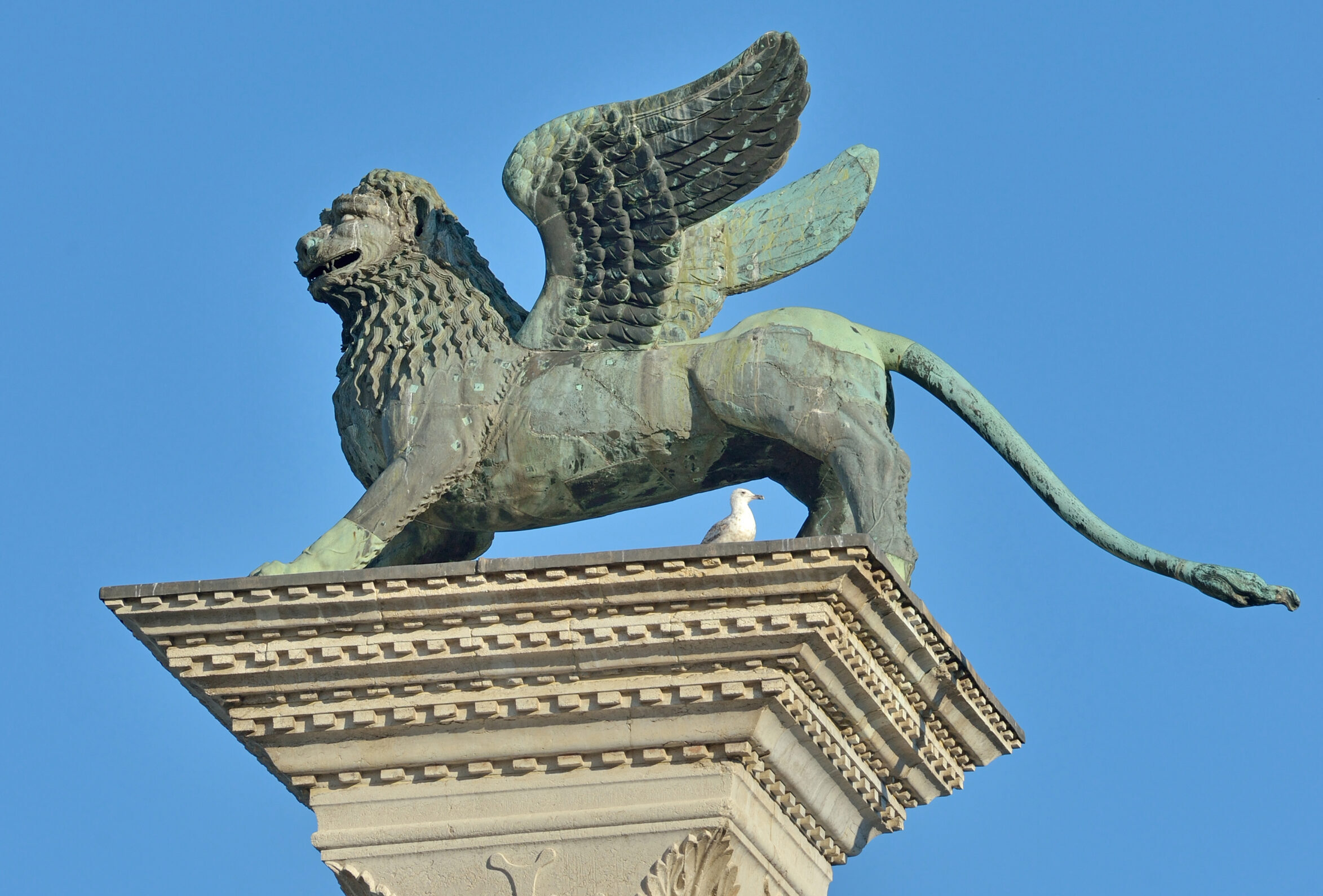
"One of the most iconic monuments in Venice, the bronze Winged Lion of St. Mark that dominates Piazza San Marco, may not be Venetian at all. New research reveals that this emblem of the medieval Republic was originally cast in Tang Dynasty China (AD 618-907), before being modified in Europe to serve as the city's ultimate political and religious symbol."
"Atop one of two monumental columns in the Piazzetta beside St. Mark's Basilica stands the bronze Winged Lion. For centuries, this hybrid creature has been more than a piece of decoration: it is the embodiment of the Republic of Venice itself. The lion, one of the four apocalyptic symbols, became associated with St. Mark the Evangelist, the city's patron saint. By the late-thirteenth century, the Lion had been elevated into a super-symbol of Venice's identity."
"Despite its centrality, however, the statue itself has long been an enigma. Historians have struggled to establish where it came from, how it arrived in Venice, or who adapted it into its present form. The first documentary reference dates from 1293, when it was already noted as damaged and in need of repair. After Napoleon's conquest of Venice in 1797, the Lion was dismantled and transported to Paris, before being returned in pieces in 1815."
Stylistic analysis and advanced scientific testing indicate that the bronze Winged Lion in Piazza San Marco was originally cast in Tang Dynasty China (AD 618–907) as a zhènmùshòu funerary guardian. The sculpture traveled along the Silk Road and was subsequently modified in Europe to become Venice's political and religious emblem, adopted into flags, coins, seals, banners, and official documents. Documentary mentions date the statue to 1293 as damaged, while Napoleon removed it to Paris in 1797 and it returned in pieces in 1815; later restorations added new wings, reflecting extensive alteration over centuries.
Read at Medievalists.net
Unable to calculate read time
Collection
[
|
...
]